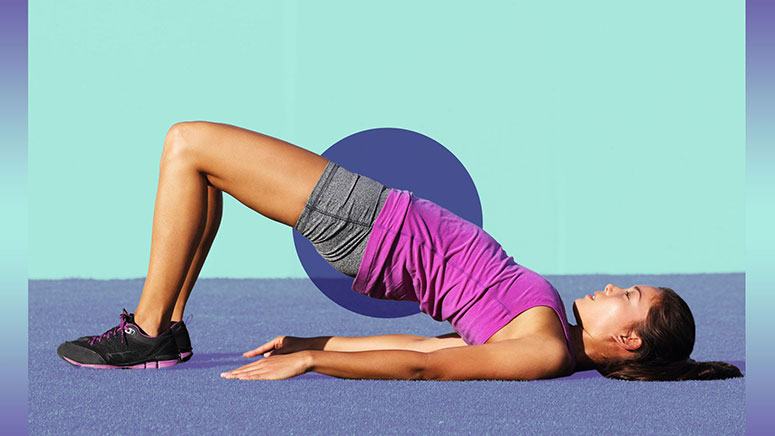Pelvic floor exercises

In the same way, you can exercise to strengthen different parts of your body, you can also exercise to strengthen the muscles that control urination. A common pelvic floor muscle is Kegels [2], this involves tightening, holding, and releasing the muscles that you used to start and slow the flow of urination. To find the right muscle to squeeze, a special form of training called biofeedback is recommended. Start with a few Kegel exercises at a time and gradually increase to 3 sets of 10. You will need to do the exercise a few times a day for 6 to 8 weeks before you can see changes in your OAB symptoms.
You can also strengthen your pelvic muscles via electrical stimulation, which sends a small electrical pulse to the area via electrodes in your rectum or vagina.
While your work to control your OAB, it is advisable to wear absorbent pads to help hide any leakage.
Other lifestyle tips to help prevent incontinence include:
- Avoid drinking tea, caffeine, alcohol, sodas, juices, or a lot of fluids before activities. The same thing goes for certain fruits like grapefruit and oranges, and spicy foods.
- Do not drink fluid before you go to bed. Ask your doctor for specific times of the day you shouldn’t drink water.
- Maintain low body weight. Exercise and weight loss can improve OAB symptoms and urinary incontinence. They can ease the pressure on your bladder.
- Double void. This means when you urinate, you have to wait a few minutes, and then go again. This is to ensure your bladder is empty.
- Set a schedule. Fix a time period to visit the toilet and stick to it. Aim for every 2 to 4 hours. This way, you train yourself to pee at the same time every day.
- Stop smoking. Cigarette smoke irritates the bladder and can worsen your condition. It also causes coughs, which can trigger leaks.













